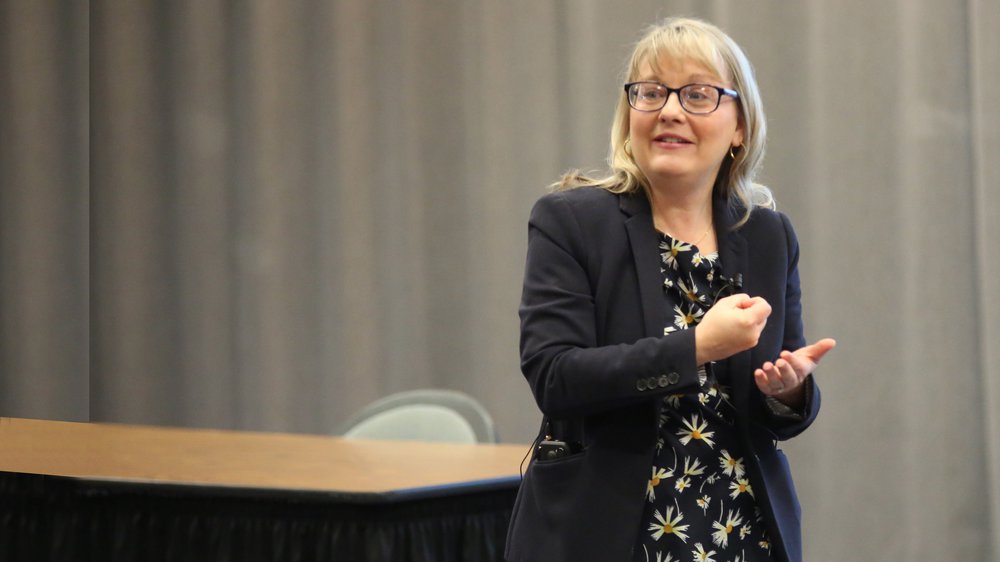With this market briefing, LeiLani Cauthen, author of The Consumerization of Learning, and CEO of the Learning Counsel, kicks off the day of discussion with local San Jose, California school and district executives. She introduces the Learning Counsel’s “bridge of change,” a model she predicted in 2013 of how the transition to digital would going for schools, and where it will need to end up for continued school survival. With various anecdotes and stories, she describes how districts have been confirming the truth of the model as they mature in their digital constructs.
Covered in the San Jose briefing are LeiLani’s unique comments about how schools are just now “face-planting into software” and experiencing the complexity of building digital curriculum maps. The briefing includes some data from the Learning Counsel’s 2017 annual national Survey of schools and districts before intermittent breaks in the day for “show and tell” from sponsors, local education executive speakers, an a panel discussion.
LeiLani includes in her talk illustrative points about the growing concern nationally about the “atomization” of content, what this has done to schools and the teacher workload, as well as how the growing sophistication of digital curriculum in the outside consumer markets should inform what schools should be considering.
This briefing is part one of the three briefings followed by group discussion or workshops in San Jose themed around school analytics this year. Each city’s discussion is slightly different, but this one included additional Survey points such as:
- What percentage of teachers are using digital content and how much they’re using content during the day.
- Total curriculum spend on digital resources and how this has changed in a few short years.
- The top 10 intentions of school digital curriculum strategies.
- Issues preventing adoption of digital curriculum and content, a longitudinal view.
- The fact that 88% of schools expect digital curriculum spend to go up.
- How 0% of schools now cite they allow teachers to purchase digital Apps without oversight but do have influence from teachers in a mixed-model of acquisition.
- How very few schools are using all free resources and a growing number are using mostly paid and why.
- The percent of time teachers spend just doing searches or building their own content.
- The top 5 teachers “issues.”
- The fact that single sign-on is the single biggest trend.
- The tech product growth spots.
LeiLani also comments on how many schools are not using content curation products or learning management systems – yet – due to being in the middle of maturing up to that need. She also mentions that education is headed for a structural shift with roles and responsibilities being rethought.
Watch the briefing now.











